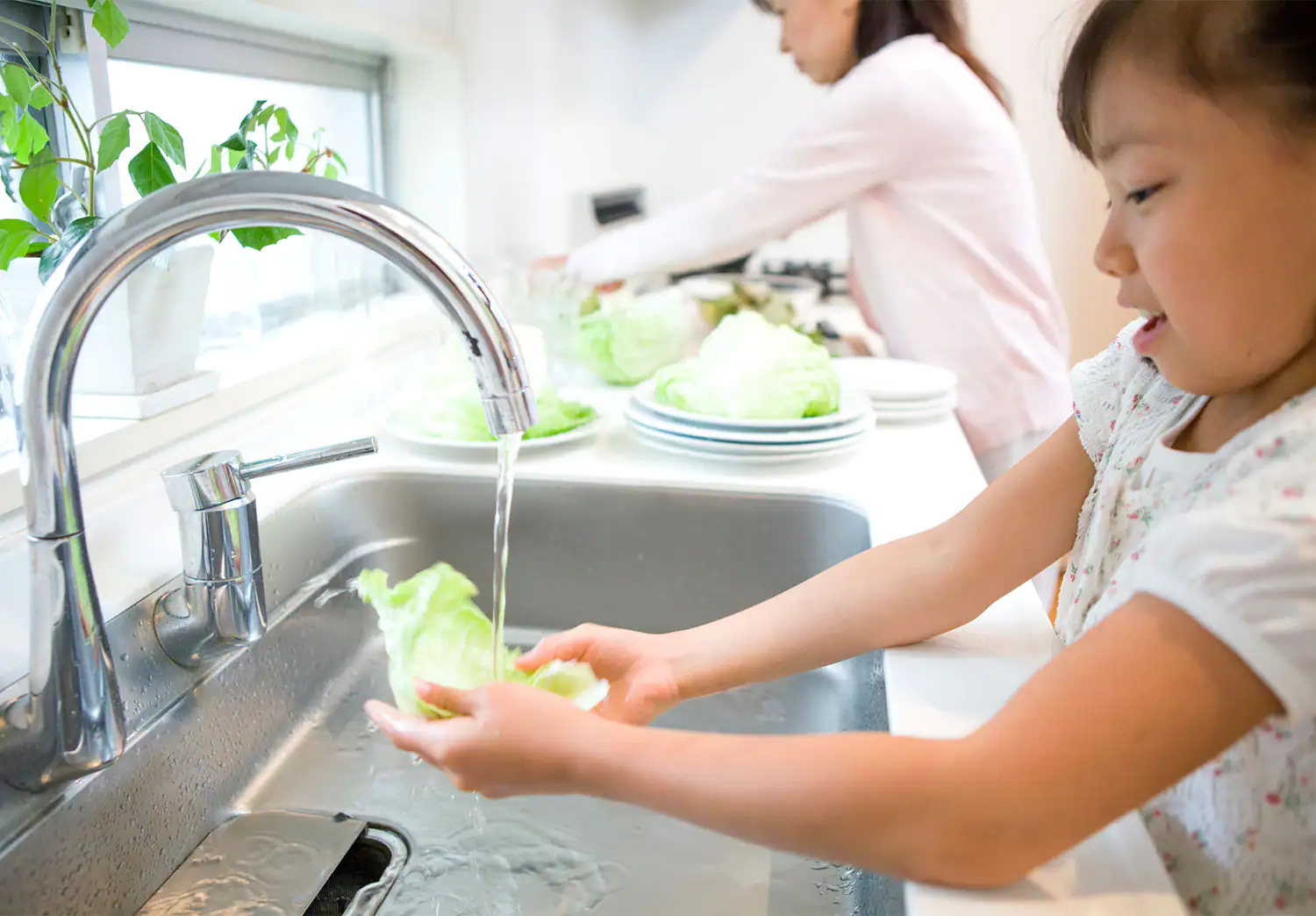If you’re looking to upgrade your kitchen, sinks and faucets are one of the best places to start. The right sink and faucet can make your cooking experience much easier, as well as make your whole kitchen look like a brand-new place to work in. On the other hand, the wrong sink and faucet can just make your life harder than it needs to be in your home. These expert tips will help you chooseperfect kitchen sinks and faucet for your home.
What Do I Need in A Kitchen Sink?
A kitchen sink needs to be big enough for your dishes, pots, pans, and any other items you may have. As a general rule of thumb, your sink should be at least twice as deep as it is wide. The kitchen sinks we carry are all between 18-24 inches deep. It’s also important that your sink has an overhanging lip on the front edge or back edge of the basin, this will help keep water from spilling out onto your countertop.
What Are The Most Common Types of Sinks?
The most common types of sinks are stainless steel, cast iron, copper, porcelain enameled cast iron and ceramic. Stainless steel sinks have a sleek look that is resistant to rusting. Cast iron sinks are durable but prone to rusting. Copper sinks have a high luster that can dull over time if not cared for properly. Porcelain enameled cast iron is similar in durability as cast iron but does not rust like cast iron does.

What Is the Best Way to Match the Sink and Countertop?
The first thing you should do when choosing a sink is find out what kind of countertop material you have. Is it granite, marble, or quartz? Matching a sink with the countertop will make your kitchen look cohesive. Next, decide whether you want a single-bowl or double-bowl sink. The size of your kitchen can determine which one is best for you.
What Are the Most Important Factors in Choosing a Faucet?
The first thing you should think about is what type of water you have. If you have hard water, then a faucet with a built-in filter is best for your sink. If you have soft water, then a faucet without a filter will work better. You also need to think about the flow rate of your water pressure. A standard faucet has a flow rate of 1.5 gallons per minute while an aerator has 3 gallons per minute.High-end faucets can range from 2 to 4 gallons per minute. Most kitchen sinks are designed so that the spout can be moved up or down in order to make it easier to fill pots and pans with water.
